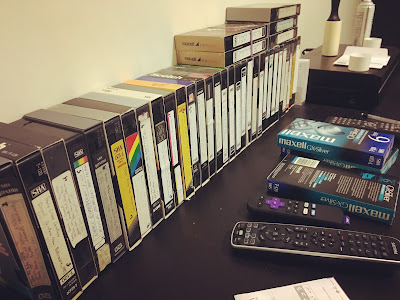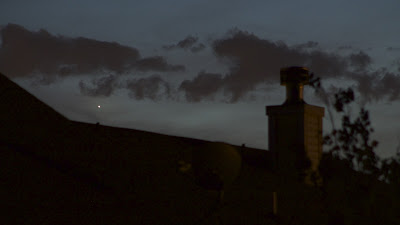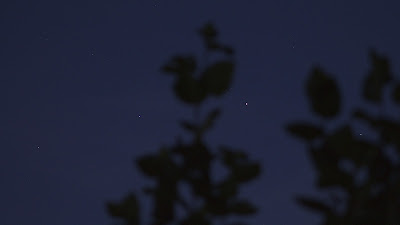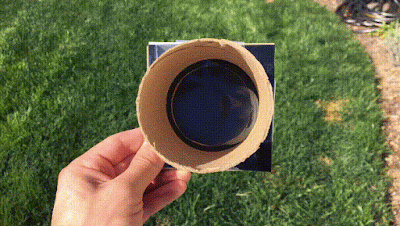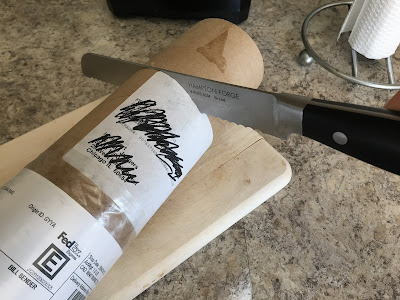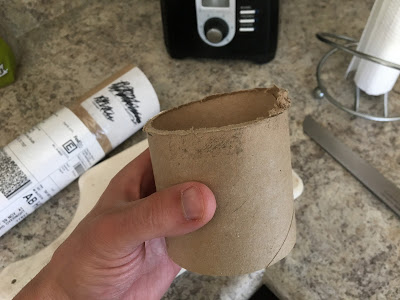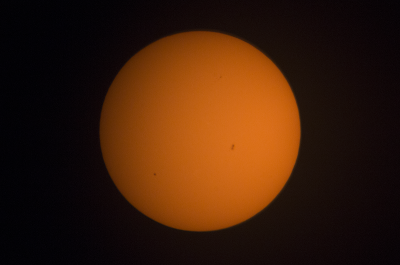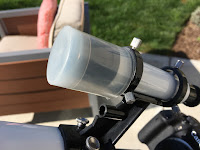I found this video while converting my family's VHS home movie archive into digital files. It's been a huge project, much more time consuming than I originally thought. No wonder companies charge hundreds or thousands of dollars to convert and archive home movies. Sheesh!
I'm on the home stretch! It's been about 50 hours of work so far, I'm counting it as 2 years worth of Xmas presents for my mom. They're all going to be in the cloud for safe keeping, and on an external hard drive spliced into individual clips that are labeled and tagged with dates, people, and places.
It's also inspired me to start taking more video. I take a lot of photos, but I don't take much video of everyday activities and moments. I decided that 2 minute videos are the perfect length to give the future home movie viewer time to assess what is going on and what year it is so the clip doesn't end before they get their bearings.
If there's one thing I want to share after archiving all of these home movies it's this: Once us kids were in middle school, there were fewer and fewer home movies, and the movies that we do have are all of things that seemed important at the time but ultimately aren't - like dozens of jazz band performances and footage of buildings on a European tour. We can just Google facts about Big Ben, but we can't go back in time and capture those little moments of everyday mannerisms, conversations, etc.
My theory is that once us kids got to be teenagers, we didn't want to be in home movies, and band performances were sort of a legitimate excuse to film us kids who probably would have rolled our eyes at a video camera during birthday dinner. My suggestion to everyone out there is to do an annual birthday interview where the birthday person talks about what has been on their mind for that year, what seemed really important, demonstrate a hobby or give a tour of the house, what are the hot topics of that time period, what are their thoughts and interests. This is the kind of stuff that's fascinating to watch back years later.
